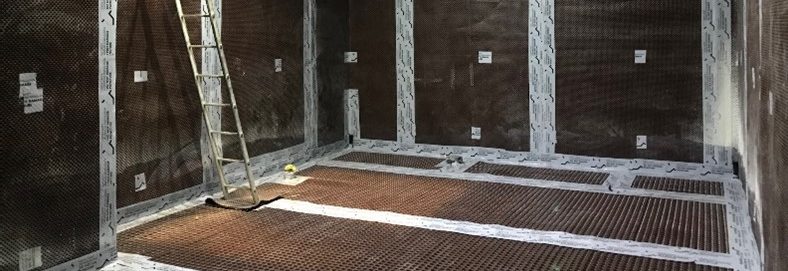Gas Membrane Installation – it’s Trickier than you think…
Geoenvironmental • Regulation
On the 23rd May 2022, The British Verification Council (BVC) penned an open letter to the National Contaminated Land Officers Group (NCLOG) outlining recent poor practice observed during the installation of gas membranes, ones that had been verified as acceptable.
A link to the letter can be found here..
BVC-Ref-NCLOG-01-Open-Letter-23052022.pdf (bvc-org.uk)
So what, I hear you say:
So basically, this is the leading gas membrane council telling all regulators that gas membrane installation practices are poor and that the game needs to be upped on regulation.
How does this impact you?
Well, picture this. You have a CS2 site, which you have certificates for. However, the installation practices are just not up to scratch. The council officer has read the letter, done some CPD, and notices the poor practice. Writes back highlighting, saying condition cannot be discharged. However, the plots are finished from your perspective, the housing association want handover, you need money… uh oh.
The Answer:
- Let’s get Gas Risk Assessment correct in the first place. Only install membranes when they are fundamentally necessary. This requires more work up front, but leaves all parties better off in the long run. Far easier to move forward with a site that doesn’t need membranes because it’s been risk assessed properly, than rush a risk assessment to downgrade a site, due to membranes being installed poorly. That causes delays, costs money, and is a waste of plastic.
- Watch out for the Verification pitfalls:
- Verification must be independent – (CIRIA735). It should not be that contract supervisors/managers of the installation company are signing off.
- CPD to Site Managers to understand what poor practices are (Ground and Water Limited can offer this service). Contact us..
- Consider using the CL:AIRE Gas Protection Verification Accreditation Scheme (GPVS).
Our main watch points for membrane installation and verification are as follows: (inform your site managers please).
- Ensuring that the membrane is correct for the application it’s to be used for. This is especially key for membranes which are protecting against volatile vapours.
- Matching DPC and floor membrane.
- Follow the detailed drawings. (Ground-gas Design Report required)
- Clean and tidy base to lay – no dust/debris.
- Matching DPC and floor membrane.
- Services and corners built appropriately, with the correct manufactured/brought equipment (top hats etc).
- Ensure minimal creases throughout the plot.
- Have a towel to dry off areas where tape is being stuck.
- Correct adhesive/tapes to match the membrane/DPC and risk.
- Allow adequate time to inspect and sign off. Not done with scree people breathing down your neck.
Once these points have been addressed, you should find things run smoother, safer, and in a more cost-effective way. Need further pointers? Get in touch.
